We also spoke on ABC Radio and 2SER about whether de-extinction is a sensible idea. Have a listen to the interviews here:
| De-extinction & Jurassic World in the real world. ABC Gold Coast 91.7 - Drive Time, 9th June 2015. |
| De-extinction (link to right) ABC Adelaide 891 - Afternoons, 10th June 2015. |
| |||
| Could dinosaurs roam the Earth once more? 2SER 107.3 - 2SER Breakfast, 15th June 2015 |
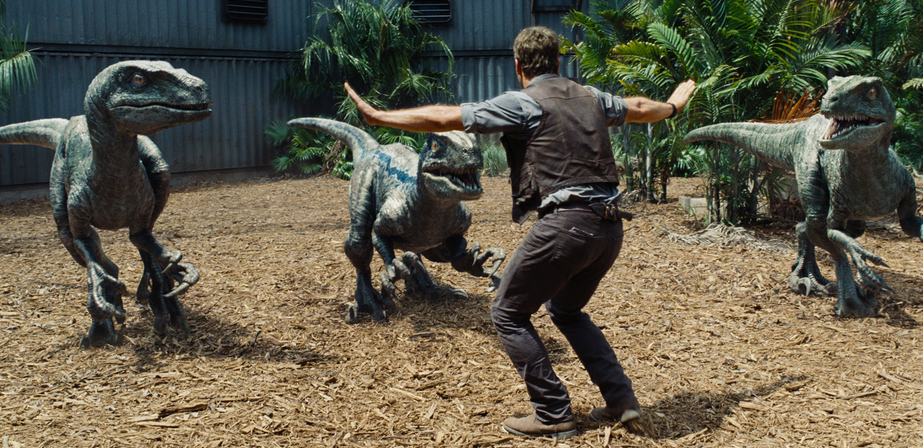



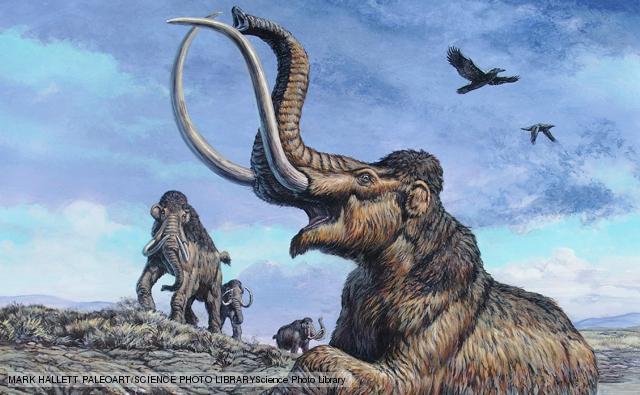
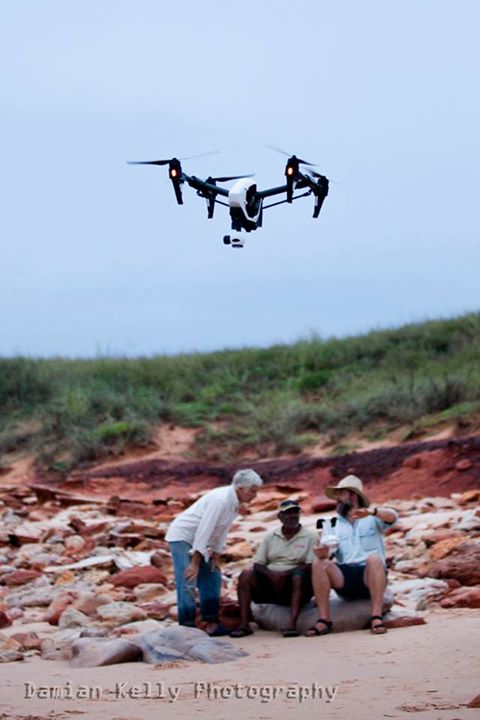
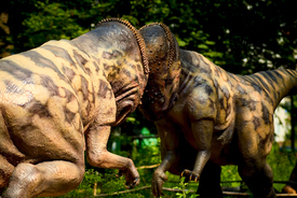
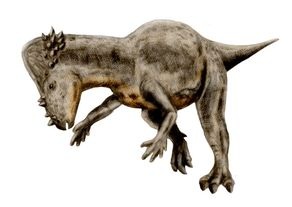
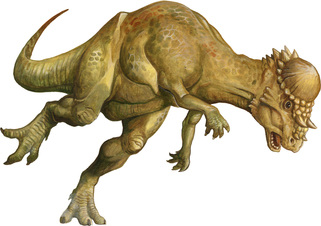
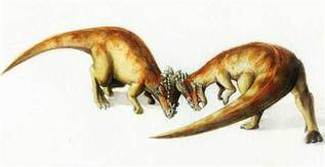
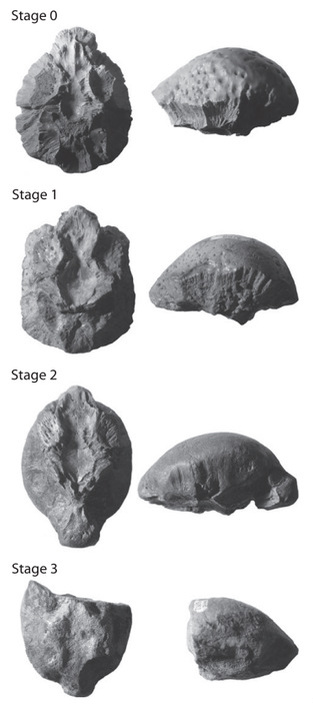
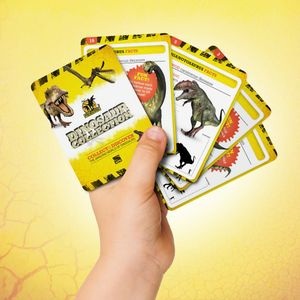
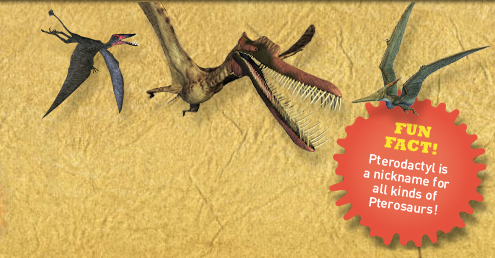
 RSS Feed
RSS Feed
